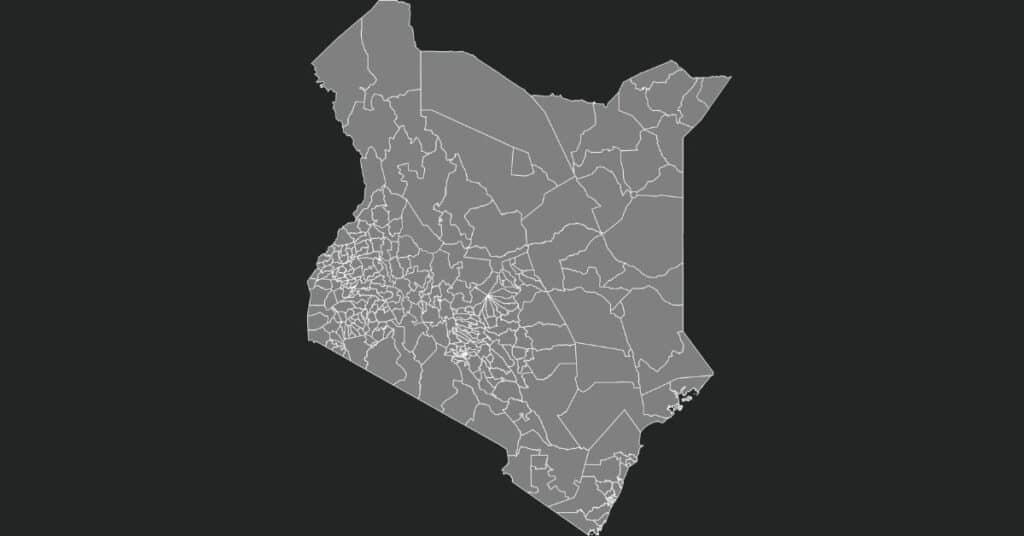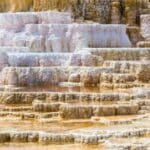How big is Kitutu West Constituency in Kenya? This question has intrigued many due to its historical significance and political relevance in Kisii District. Before its division in 2013, Kitutu West covered a substantial area, both geographically and politically. Understanding the size of this constituency is crucial in appreciating its role in Kenya’s political landscape and how it has influenced the dynamics of Kisii County.
In this article, we will explore the size of Kitutu West Constituency, its political history, and the effects of its transformation into two new constituencies: Kitutu Chache North and Kitutu Chache South.
How Big Was Kitutu West Constituency in Kenya?
To answer the question, how big is Kitutu West Constituency in Kenya. We need to look at both its geographical coverage and its political importance. Before its split into two constituencies in 2013, Kitutu West served as a significant electoral constituency in Kisii District.
Geographical Size and Scope
- Kitutu West Constituency covered a wide area in the highlands of Kisii District. Which is known for its fertile land and vibrant agricultural economy. While the exact square mileage of Kitutu West is not readily available, the constituency included several urban and rural wards.
- Population Density: The constituency had a significant population, with over 67,000 registered voters as of the last election before its division in 2013. The population density was high, given the fertile land and the heavy agricultural activity in the region.
Key Areas within the Constituency
- Bogeka
- Daraja Mbili
- Kegogi
- Marani
- Mosocho
These areas contributed to Kitutu West’s size, not just geographically but in terms of political importance.
Political History and the Impact of the Size of Kitutu West
Another key aspect of understanding how big Kitutu West Constituency was is to examine its role in Kenyan politics. The size of the constituency was not only about land area but also the influence it had on Kisii District governance.
Historical Political Landscape:
- Zachary Onyonka, one of Kenya’s most influential politicians, served as the MP for Kitutu West for many years. His leadership shaped much of the constituency’s political direction. His tenure helped solidify the constituency’s significance in Kenya’s Parliament.
- The constituency underwent political transformations over the years, particularly with the shift from a one-party system to a multi-party system in the early 1990s. This shift led to changes in voter dynamics and the political size of Kitutu West.
Kitutu West Transformation: From One Constituency to Two
In 2013, officials split the Kitutu West Constituency into two constituencies: Kitutu Chache North and Kitutu Chache South. This division was a response to the growing population and the need for more localized representation.
Why Was the Constituency Split?
- Population Growth: The primary reason for the split was the increasing population. Which made it difficult for one constituency to adequately represent the growing number of voters.
- Improved Political Representation: By dividing Kitutu West into two constituencies, voters in Kitutu Chache North and Kitutu Chache South could receive more focused political representation, improving the efficiency of governance.
The size of Kitutu West Constituency was not just about its physical boundaries but also about its political weight in the region. After the split, both constituencies continued to play a significant role in Kisii County politics.
The Legacy of Kitutu West: What It Means Today
Kitutu West legacy continues to impact the new constituencies, Kitutu Chache North and Kitutu Chache South, even after its division. The question of how big Kitutu West Constituency was now carries historical weight, as it marks a significant period in the region’s development.
Political and Economic Influence Today
- Kitutu Chache North and Kitutu Chache South continue to shape local governance and represent their constituents in Kenya’s Parliament.
- The population growth and political shifts following the division have led to better service delivery, with each constituency managing resources independently.
FAQs: How Big Was Kitutu West Constituency in Kenya?
How big was Kitutu West Constituency geographically?
Kitutu West covered a large area within Kisii District, including both urban and rural regions, but the exact size in square kilometers is not available.
Why was Kitutu West Constituency split into two?
The constituency was divided into Kitutu Chache North and Kitutu Chache South to enhance political representation and accommodate the growing population.
What was the population size of Kitutu West?
Before its division, Kitutu West had more than 67,000 registered voters.
Who were the key political figures in Kitutu West?
Zachary Onyonka was a prominent political figure from Kitutu West, serving as the MP for many years.
Conclusion
How big is Kitutu West Constituency in Kenya?. The size of Kitutu West was not just about its geographical boundaries but also its political influence in Kisii District. The constituency’s transformation into Kitutu Chache North and Kitutu Chache South in 2013 marked a significant change in Kenya electoral landscape. The legacy of Kitutu West continues to shape local politics today. Proving that the size of a constituency is more than just physical—it is about representation, governance, and influence.

Adim Smith is an experienced blogger at Match Starz, sharing in-depth insights on celebrities and athletes. With a passion for storytelling, he brings readers closer to the lives and achievements of today’s biggest stars.







